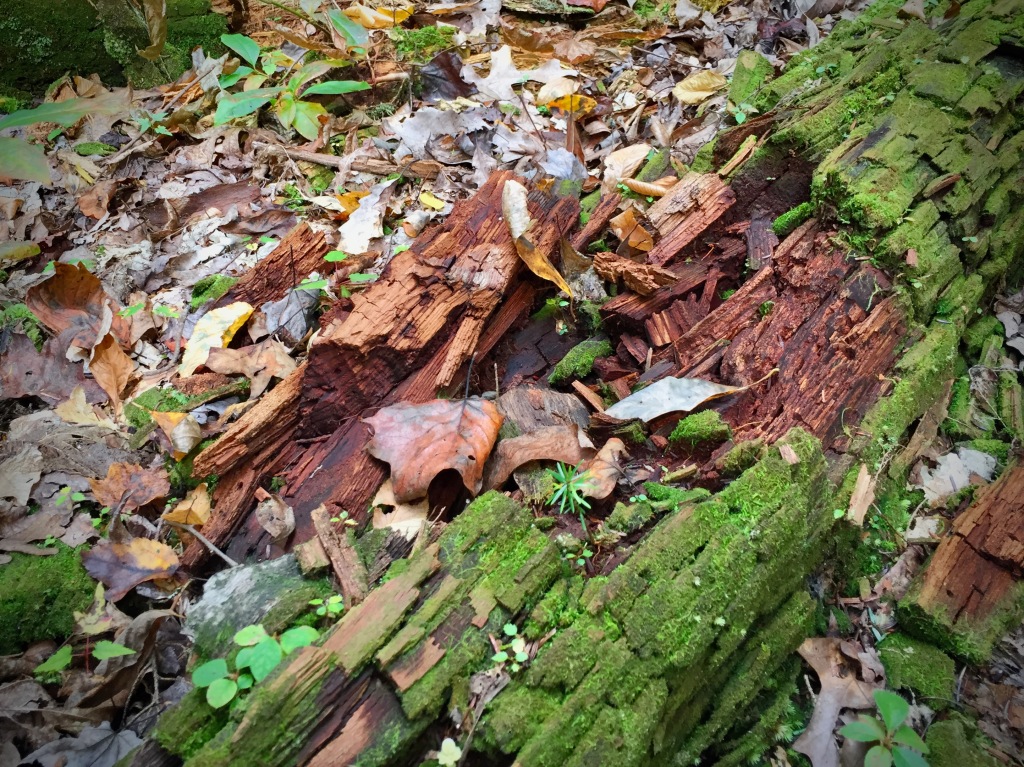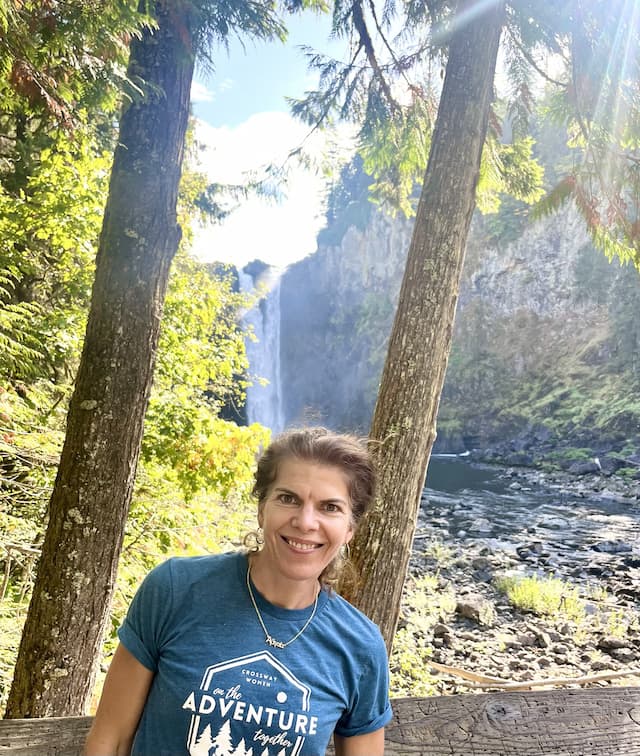The Privileged Life: Lessons from Another Pandemic
“To him who overcomes I will give to eat from the tree of life, which is in the midst of the Paradise of God.” (Revelation 2:7)
You’ve heard about pandemics of the past—bubonic plague, polio, smallpox, Spanish flu, and of course, now COVID. But did you know about another kind of plague, the one that killed more than four billion?
I’m referring to the death of the American chestnut tree, now considered functionally extinct. Once the queen of the Eastern American forest, it represented one in four hardwood trees found all up and down the Appalachian Mountain chain. The chestnut was tall, fast-growing, rot-resistant, and strong—towering like the Western sequoia over other trees. Until a single blight took it down.
A little more than a century ago, this blight was accidentally introduced from Asia and began to infiltrate the chestnut domain. Within 40 years, it felled almost every tree. Simply devastating, in multiple ways.
Before the blight, people probably took the abundant chestnut tree for granted. It was an important source of life in numerous ways. Chestnuts fattened wildlife and lifestock. Chestnut wood was hardy for constructing homes, fences, barns, and furniture. The ripening of the nut occurred around the holiday season…which is why “chestnuts roasting on an open fire” was a popular Christmas tradition. Chestnut wood was even used to make musical instruments.
According to the American Chestnut Foundation, “the chestnut blight has been called the greatest ecological disaster to strike the world’s forests in all of history.”* But not all hope is lost. The blight doesn’t affect the chestnut tree’s root system underground, allowing stump sprouts to grow up. While these little trees eventually succumb to the blight, never reaching the stature of their ancestors, they are valuable for research.
Multiple environmental and university groups are working to develop a blight-resistant version of the American chestnut. My son, Alex, helped a fellow Eagle Scout, Marcus Counts, a decade ago with his Eagle project—planting a cluster of hybrid chestnut trees in the woods behind East Tennessee State University. Ongoing plantings like this around the region are long-term efforts, pitting researchers against the wily blight to find the best genetic version possible.
The goal? To restore an American legacy, improve forest function and biodiversity, and reclaim a valuable resource for future generations. Perhaps American Chestnut research can be used for other environmentally-fragile situations as well, including the current attack on hemlock trees by the woolly adelgid insect.
Just as the COVID scourge has taught us valuable lessons over the past two years, we can learn from the domino effects of this tree pandemic as well. Even though we would never compare the loss of a tree to the death of a human being, some of the similarities are instructive.
First, we should never take anything in God’s beautiful creation for granted. We should praise Him every day for life, breath, and hope.
Second, the results of sin can be devastating, with long-term effects. Our fruitfulness can be diminished, our strength withered. Whatever Satan touches is marked by shame and sorrow. Diseases are just one of the weapons in his arsenal. We need to be vigilant against all of his schemes.
But third, we have reason to hope. As of this writing, the Delta variant cases of COVID-19 appear to be trending slightly downward from this latest surge, in the U.S. and worldwide. The American chestnut roots offer the promise of restoration of this magnificent tree.
As Christians, our real hope is in Jesus Christ. Through Him, we have redemption from the pandemic of sin that afflicts us every day. We may not escape all of the effects, but we have joy in knowing He has conquered both sin and death.
Through His sacrifice on the cross, He offers us abundant life here and in the beautiful world to come. He is our Tree of Life, and He alone will bring about the healing we need. The apostle John saw this promise in his apocalyptic vision of heaven: In the middle of its street, and on either side of the river, was the tree of life, which bore twelve fruits, each tree yielding its fruit every month. The leaves of the tree were for the healing of the nations. (Revelation 22:2)
Remember this privilege when you are weary of news about the COVID pandemic—God is faithful and will walk with you through these tough times.
Holy Lord, Creator of all things beautiful and fruitful, please restore our bodies and souls in the wake of this coronavirus pandemic. Help us to endure, in the knowledge of the hope You have given us in Jesus Christ. Pardon us for our sins, heal our nations, and redeem us through Your great love. We thank You for calling us Your beloved children. In Jesus’ name, Amen.
#theprivilegedlife #lightbournecreative #JesusChrist #thankful #gratefulheart #prayerfor2021 #prayforhealing #thankyouJesus #thankfultoGod #privilegedchildofGod #privileged #gratitude #abundantlife #Christianprivilege #theprayerlife #prayerforendofpandemic #family #blessed #grateful #celebratelife #givethanks #faithlife #freedominfaith #joy #joyoftheLord #prayforchristians #pandemiclife #pandemicprayer #americanchestnut #chestnutblight #chestnuts #covid2021 #covidcasualties #pandemiccasualties #americanchestnutfoundation #ecology #preserve #conservation #tennesseeconservation #appalachianmountains #appalachianchestnut #americanforests #chestnutsroastingonanopenfire #roastedchestnuts #appalachianforest #
© Copyright 2021 Nancy C. Williams, Lightbourne Creative (text and photography)
Scripture taken from the New King James Version®. Copyright © 1982 by Thomas Nelson. Used by permission. All rights reserved.








